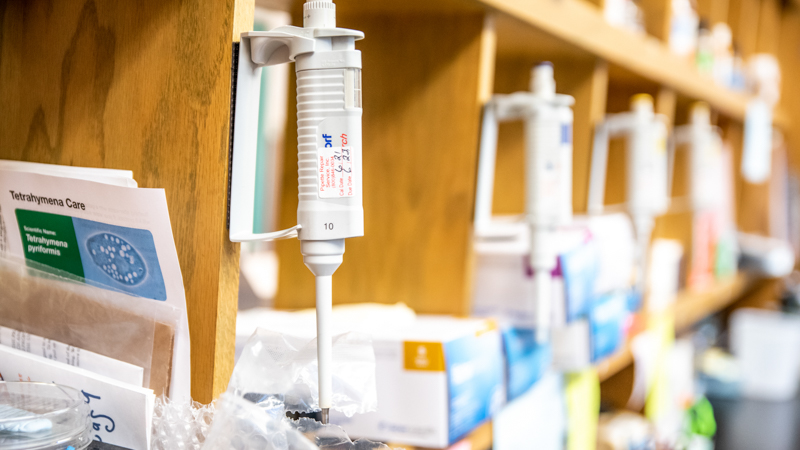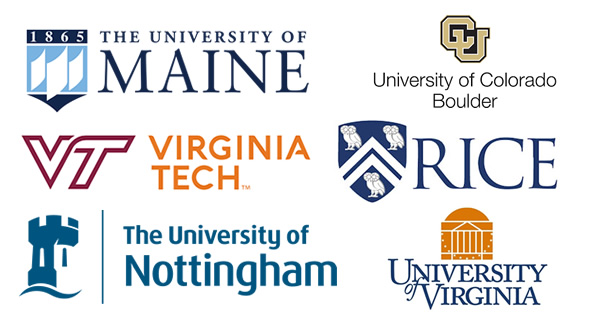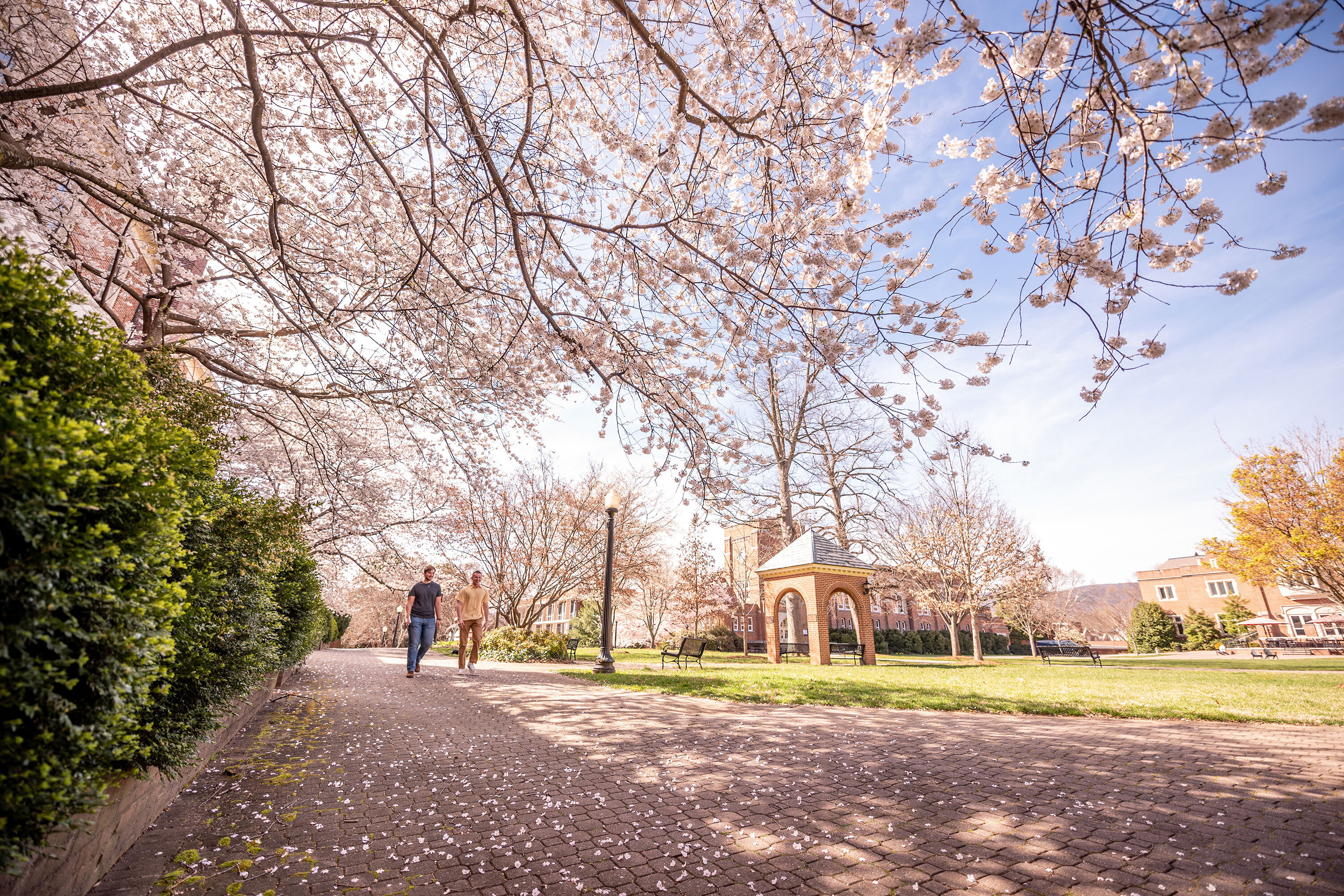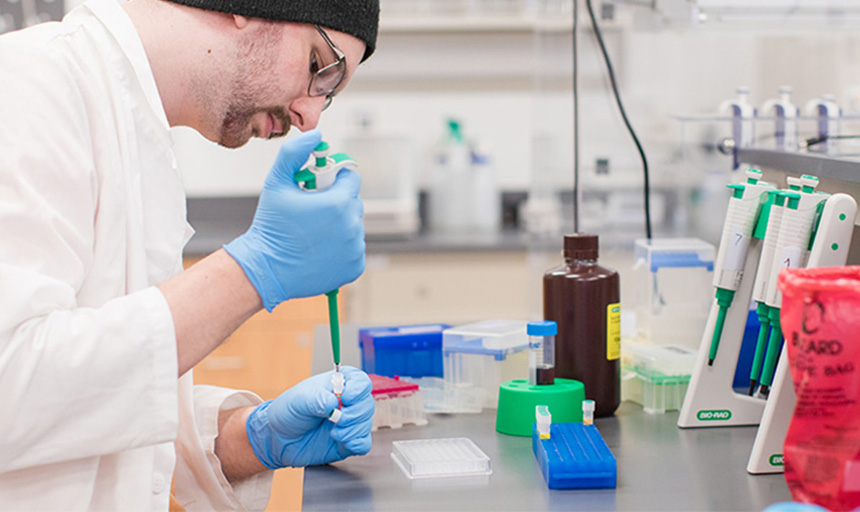Materials & Nanoscience
Available as a concentration
Materials and nanoscience marries chemistry and physics to make discoveries at the molecular level.
As a student in materials and nanoscience, you'll expand your studies by exploring the frontiers of basic physical science at the atomic and molecular levels. This interdisciplinary concentration will benefit students who wish to continue their educations in the field of nanotechnology at the graduate level.










